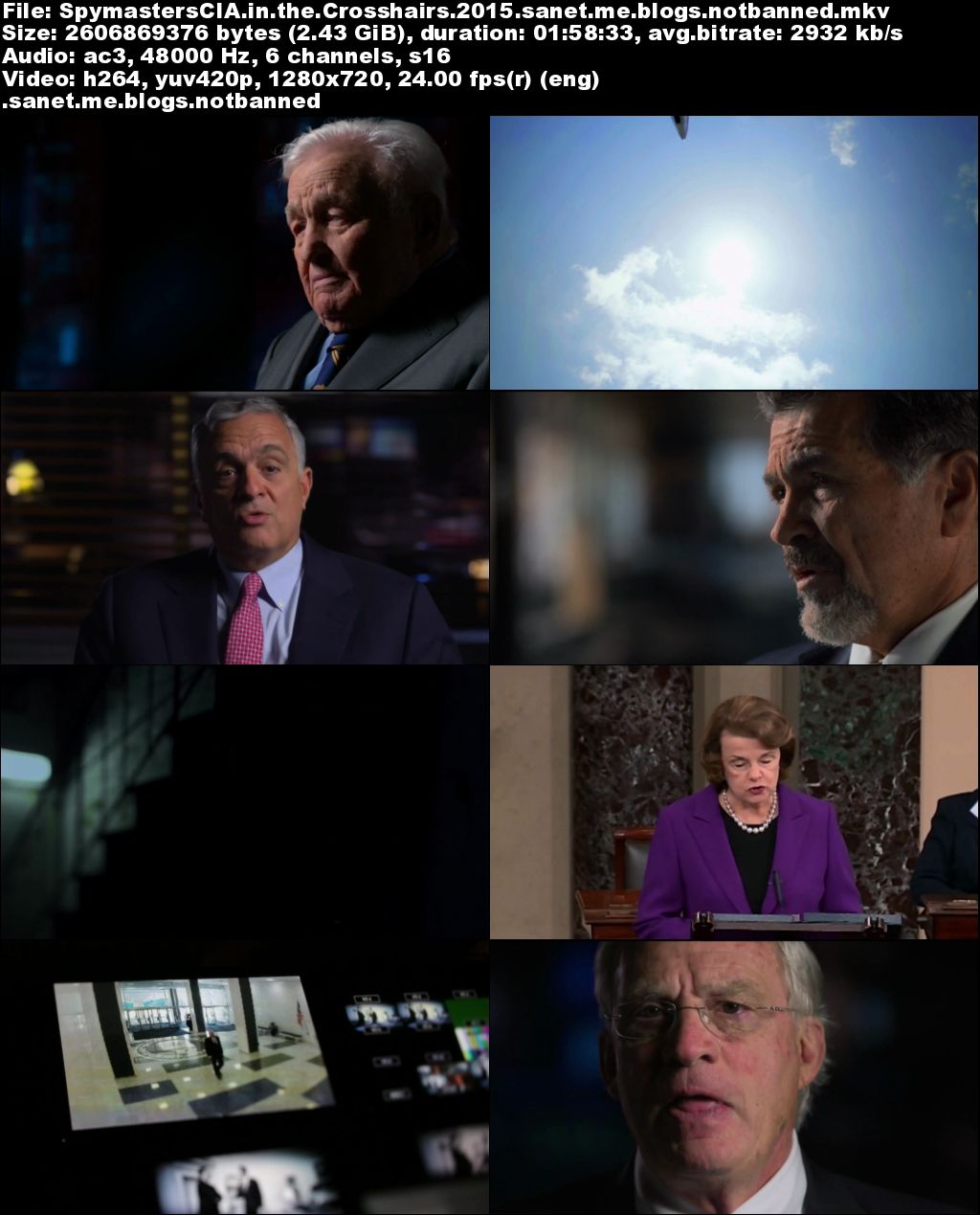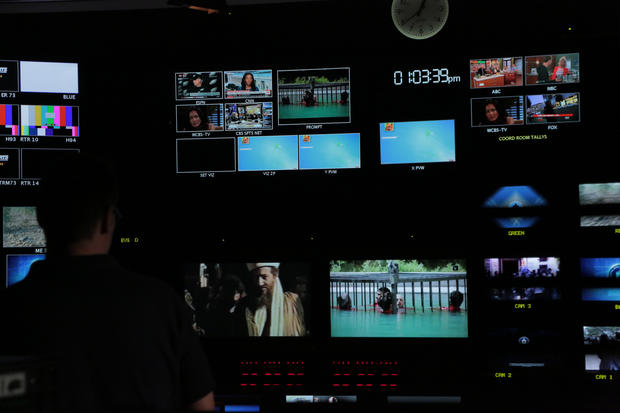

Kennerly returned to the United States in the summer of 1973 for Time, right in the middle of the Watergate story. Among the many stories he covered for them while still in Asia was the last American prisoner of war release in Hanoi, March 30, 1973. After the classic picture magazine folded a few weeks later, Kennerly stayed on as a contract photographer for Time.

While still in Vietnam, he joined Life in November 1972 as a contract photographer. In September 1972, he was one of three Americans to travel to the People's Republic of China to cover the state visit of Japanese Prime Minister Kakuei Tanaka. Kennerly became the photo bureau chief for UPI in Southeast Asia, but still spent most of his time in the field covering combat operations. The committee noted that he "specialized in pictures that capture the loneliness and desolation of war." It was only when the winners were announced that Kennerly, who was still in Vietnam, learned he had been awarded the 1972 Pulitzer Prize for Feature Photography. DeSantis submitted that photograph along with images of the Vietnam and Cambodia wars and refugees escaping from East Pakistan into India to the Pulitzer Prize Board for consideration. Unbeknownst to Kennerly, UPI photo editor Larry DeSantis started a portfolio of his favorite Kennerly photographs of the year, beginning with the Ali-Frazier fight photo that ran on the front page of The New York Times on March 9, 1971. Kennerly was sent to Saigon in early 1971 as a combat photographer for UPI. Roberts where Henry Fonda, an officer on a supply ship, watched the destroyers sail into battle while he was stuck in some South Pacific backwater port." However, Kennerly believed he was missing out on the biggest story of his generation, the Vietnam War. At age 23 he took his first ride on Air Force One with President Nixon as a member of the traveling press pool. In early 1970, he was transferred to the Washington, D.C. The following year (1969), Kennerly moved to New York for UPI, where among many other assignments he photographed the "Miracle" New York Mets winning the 1969 World Series. That night Kennerly also took a picture of Ethel Kennedy in the back of an ambulance. Moments later Kennedy was gunned down by the assassin Sirhan Sirhan. Kennedy at the Ambassador Hotel as he declared victory in the California presidential primary. On June 5, 1968, he took some of the last photos of Senator Robert F. In late 1967, he moved to Los Angeles to become a staff photographer for United Press International (UPI). The encounter with Senator Kennedy gave him the determination to become a national political photographer. Kennedy, the Rolling Stones, and the Supremes. ĭuring his early career in Portland he photographed some major personalities, including Miles Davis, Igor Stravinsky, Senator Robert F. After completing six months of active duty in the US Army, he was hired as staff photographer by The Oregonian.

In 1967 he entered the Oregon National Guard and was sent to Fort Leonard Wood, Missouri, for basic training and then advanced training at Fort Benjamin Harrison, Indiana. He briefly attended Portland State College but left at 19 to become a staff photographer for The Oregon Journal. Kennerly graduated from West Linn High School in West Linn, Oregon, in 1965. His interest in photography started when he was only 12, and his career began in Roseburg, where his first published picture was in the high school newspaper The Orange 'R in 1962. His three younger sisters are Jane, Chris, and the late Mrs. "Tunney" Kennerly, a traveling salesman, and Joanne (Hume) Kennerly. He is the first presidential scholar at the University of Arizona. He has photographed every American president since Lyndon B Johnson. He won the 1972 Pulitzer Prize for Feature Photography for his portfolio of photographs of the Vietnam War, Cambodia, East Pakistani refugees near Calcutta, and the Ali-Frazier fight in Madison Square Garden. David Hume Kennerly (born March 9, 1947) is an American photographer.


 0 kommentar(er)
0 kommentar(er)
